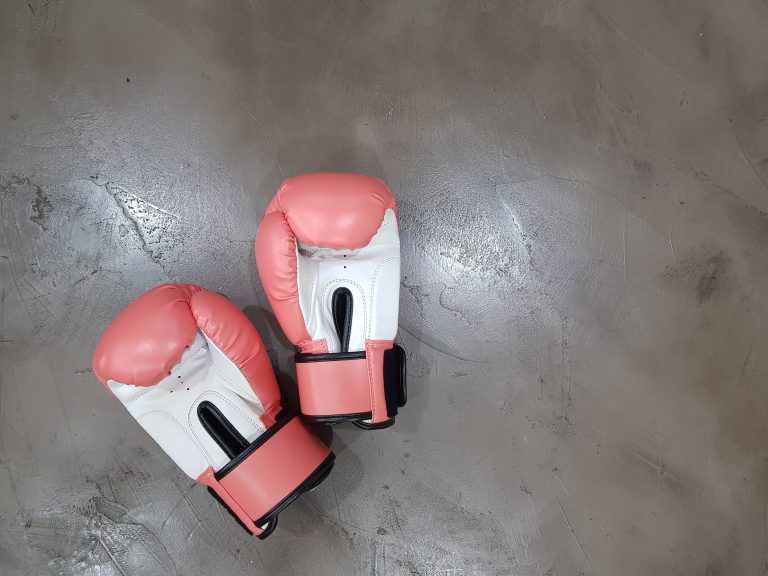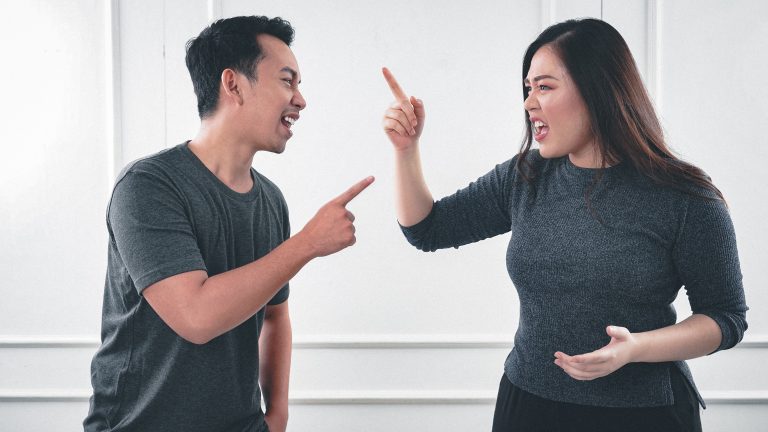How to Learn Karate for Beginners: A Comprehensive Guide
Karate is a popular form of martial arts that originated from Okinawa, Japan. It is a combination of self-defense techniques, physical exercise, and promotes mental discipline. Karate is also an excellent way to improve overall fitness and self-confidence. In this guide, we will be discussing how to learn karate for beginners and provide a comprehensive overview of this popular martial art.
Understanding Karate
Karate utilizes various techniques, including strikes, kicks, and blocks, to defend oneself from an attack. The primary goal of karate is not to cause harm but to deflect attacks and protect oneself from danger. Karate involves a combination of mental and physical training that requires focus, discipline, and concentration.
Choosing a Karate Style
Before starting your karate journey, you must choose a karate style that best suits your needs. There are many styles of karate, such as Shotokan, Goju-ryu, Shito-ryu, and Wado-ryu. Research each karate style and choose the one that inspires you. Find a reputable dojo or instructor that teaches the style you have chosen, and begin your training.
Basic Karate Techniques
Karate involves many techniques that can be difficult to master. It is essential to start with the basic techniques and gradually progress to more advanced techniques. The following are some of the basic techniques involved in karate:
Karate Stance:
The karate stance is the foundation of all karate techniques. It involves standing with your feet shoulder-width apart, knees slightly bent, back straight, and hands positioned in front of you.
Karate Blocks:
Blocks are defensive techniques used to deflect an opponent’s attack. Some common karate blocks include the high block, middle block, and low block.
Karate Strikes:
Strikes are offensive techniques used to attack an opponent. Some common karate strikes include the punch, knife-hand strike, elbow strike, and backfist strike.
Karate Kicks:
Kicks are another offensive technique used in karate. Some common karate kicks include the front kick, roundhouse kick, sidekick, back kick, and hook kick.
Training Tips for Beginners
Karate training requires time, dedication, and patience. Here are some helpful tips for beginners who want to learn karate:
Consistency:
Practice karate consistently to build muscle memory and improve overall technique.
Mental Focus:
Karate requires mental focus and concentration. Stay focused during your training sessions to maintain your form and technique.
Flexibility:
Flexibility is essential in karate. Practice stretching exercises to improve your flexibility and prevent injury.
Physical Fitness:
Karate involves physical movements that require strength and stamina. Build your physical fitness by incorporating cardio and strength training exercises into your routine.
Benefits of Learning Karate
Learning karate has numerous physical and mental benefits, including:
Physical Fitness:
Karate is an excellent way to improve overall physical fitness, including strength, flexibility, and stamina.
Self-Defense:
Karate is an effective self-defense technique that can help you protect yourself in dangerous situations.
Mental Discipline:
Karate requires mental discipline and focus, which can help you apply these skills to other aspects of your life.
Confidence:
Karate can help build self-confidence by improving your physical and mental abilities.
FAQs on How to Do Karate for Beginners
Karate is a martial art that is not only a great form of self-defense but also an effective full-body workout. It requires a lot of discipline, focus, and determination from the practitioner. If you’re a beginner, you may have a lot of questions about how to get started with karate. In this post, we’ll address some of the most frequently asked questions on how to do karate for beginners.
1. What is Karate?
Karate is a martial art that originated in Japan. It focuses on developing strength, speed, and flexibility through various techniques such as punches, kicks, and strikes. Karate isn’t just about physical training. It also has a strong philosophy that emphasizes the importance of self-discipline, respect, and humility.
2. What are the Benefits of Learning Karate?
Karate provides a wide range of benefits, both physical and mental. Some of the benefits include:
- Improved cardiovascular fitness
- Increased flexibility and balance
- Stress relief
- Improved self-confidence
- Self-defense skills
3. What Should I Wear to My First Class?
For your first karate class, you should wear loose, comfortable clothing such as sweatpants and a t-shirt. Karate uniforms, also known as „gi,“ are not required for the first few classes. However, as you progress, you’ll need to get a uniform that fits correctly and is appropriate for your experience level.
4. Do I Need to be Fit to Start Karate?
No, you do not need to be fit to start karate. Karate is an excellent form of exercise that can help you improve your fitness level gradually. Beginners will start with basic movements and advance gradually as they build endurance, strength, and flexibility.
5. Do I Need a Partner to Learn Karate?
No, you don’t need a partner to learn karate. Solo practice is essential for developing your skills and technique. However, practicing with a partner can be beneficial for developing your timing, footwork, and accuracy.
6. How Often Should I Train?
The frequency of your karate training will depend on your goals and schedule. However, beginners should aim to train at least two to three times a week to see progress. As you advance, you may choose to train more often.
7. What Does a Typical Karate Class Involve?
A typical karate class will involve a warm-up session, followed by training in various techniques such as punches, kicks, and strikes, and then end with a cool-down session. Classes may also include practicing forms or „kata,“ sparring with a partner or focus pads, and self-defense techniques.
8. How Long Does It Take to Become Proficient in Karate?
The time it takes to become proficient in karate will depend on various factors such as your dedication, frequency of training, and natural ability. However, beginners can expect to see significant progress within six months of consistent training.
9. Can I Learn Karate at Any Age?
Yes, karate is a martial art that can be learned at any age. It is essential to consult with your doctor before starting any new fitness program, especially if you have pre-existing medical conditions.
10. How Do I Choose a Karate School?
When choosing a karate school, it’s essential to do your research. Look for a reputable school that has certified instructors who have experience teaching beginners. You can also ask for referrals from friends, read online reviews, or visit the school to observe a class before enrolling.
Final Thoughts
Starting your journey in karate can be intimidating and overwhelming, but with the right mindset, dedication, and guidance, you can achieve your goals. We hope this post has helped answer some of your questions on how to do karate for beginners. Remember, the key to success in karate is consistent practice, patience, and focus.
How to Do Karate for Beginners: A Step-by-Step Guide
Karate is a popular martial art that originated in Japan. It is known for its striking techniques, such as kicks and punches, as well as its powerful and effective self-defense moves. If you’re interested in learning karate, it’s essential to start with the basics. In this guide, we’ll provide a step-by-step guide on how to do karate for beginners.
Step 1: Choose a Karate Style
There are many types of karate styles, each with unique techniques, movements, and philosophies. Some popular karate styles include Shotokan, Goju-ryu, Shito-ryu, and Wado-ryu. Research each style and choose the one that aligns with your goals and interests.
Step 2: Find a Qualified Karate Instructor
After choosing your karate style, the next step is to find a qualified instructor. Look for a certified instructor with experience teaching beginners. Confirm that they have insurance and certifications in teaching karate. You can search online, ask for recommendations from friends, or visit local community centers or martial arts schools.
Step 3: Wear Appropriate Karate Gear
Before you start practicing karate, it’s important to wear the right gear. The gear includes a karate gi (uniform), a belt, and other protective gear like sparring gloves, ankle supports, and helmets. The gi should fit comfortably and not be too loose or too tight.
Step 4: Learn Basic Karate Stances
Karate is based on a series of stances, which are the foundation for all techniques. A couple of basic stances include:
- Horse stance: Stand with your feet shoulder-width apart and bend your knees, keeping your back straight.
- Front stance: Step one foot forward and bend your front knee while keeping the other foot straight.
Step 5: Practice Karate Techniques
Once you have learned the basic stances, you can start practicing karate techniques. Some essential techniques include:
- Punches: Straight punch, uppercut punch, and hook punch.
- Kicks: Front kick, roundhouse kick, and sidekick.
- Blocks: High block, middle block, and low block.
Step 6: Focus on Proper Breathing Techniques
Breathing is crucial in karate. It provides you with oxygen and focuses your mind on the movements. Remember to breathe from your stomach rather than your chest. Inhale through your nose and exhale through your mouth.
Step 7: Train Regularly and Stay Motivated
Like any physical skill, learning karate requires discipline and regular practice. Make a schedule and stick to it. Attend regular training sessions, practice at home, and track your progress. Celebrate your achievements and keep setting new goals for yourself.
Conclusion
Learning karate takes time, patience, and dedication. With proper instruction, gear, and consistent training, you can become an accomplished karate practitioner. Follow these steps, stay motivated, and start your karate journey today!
Inhaltsverzeichnis






